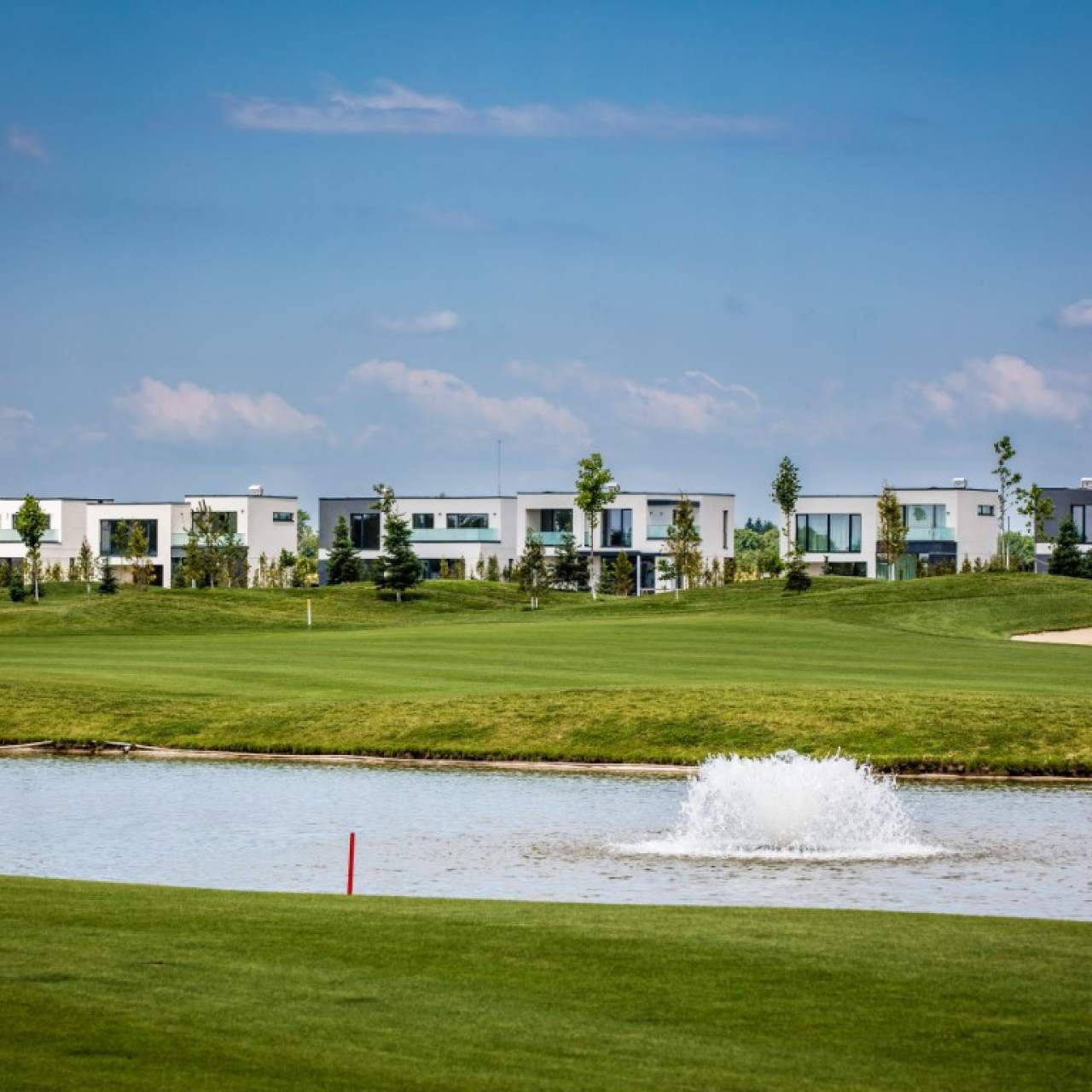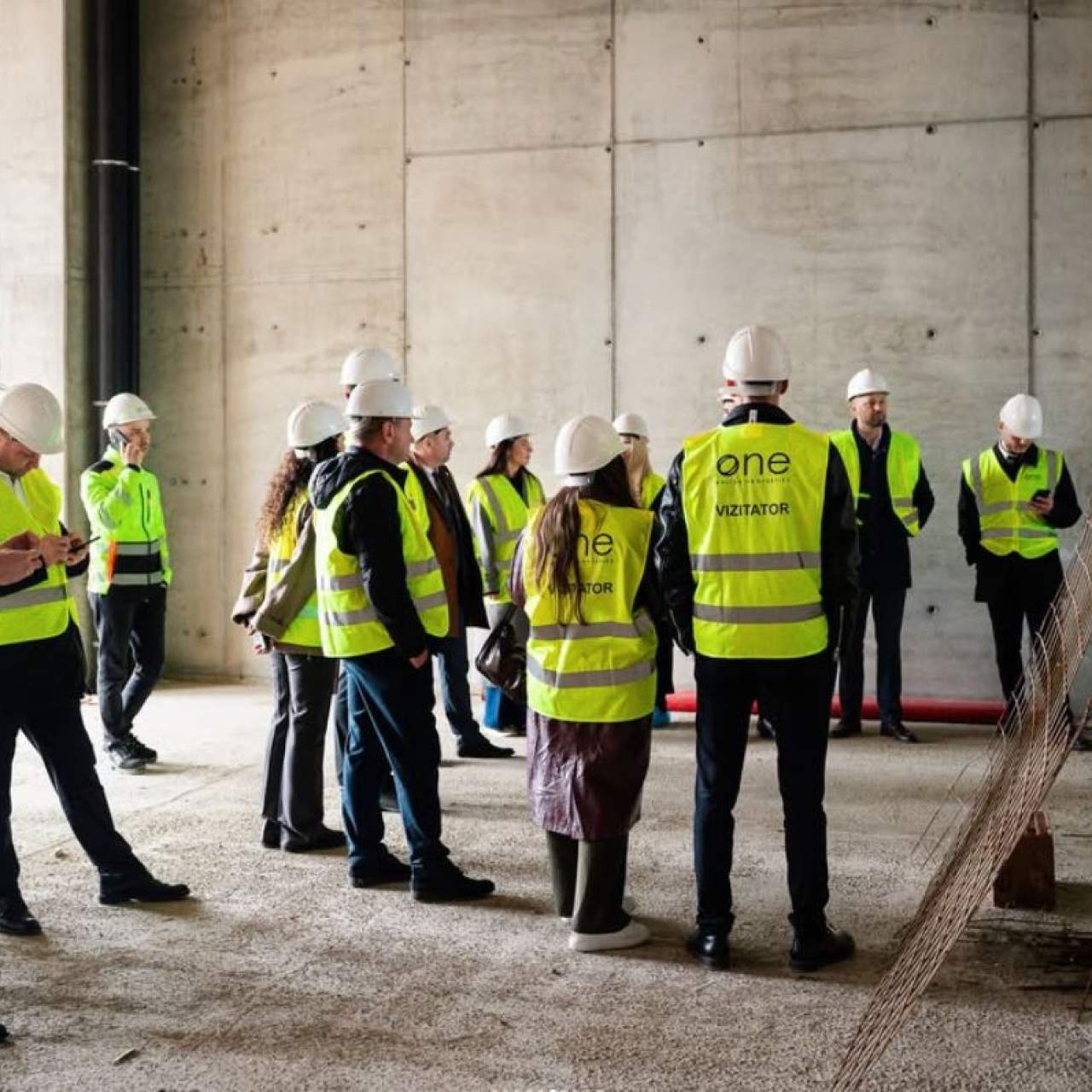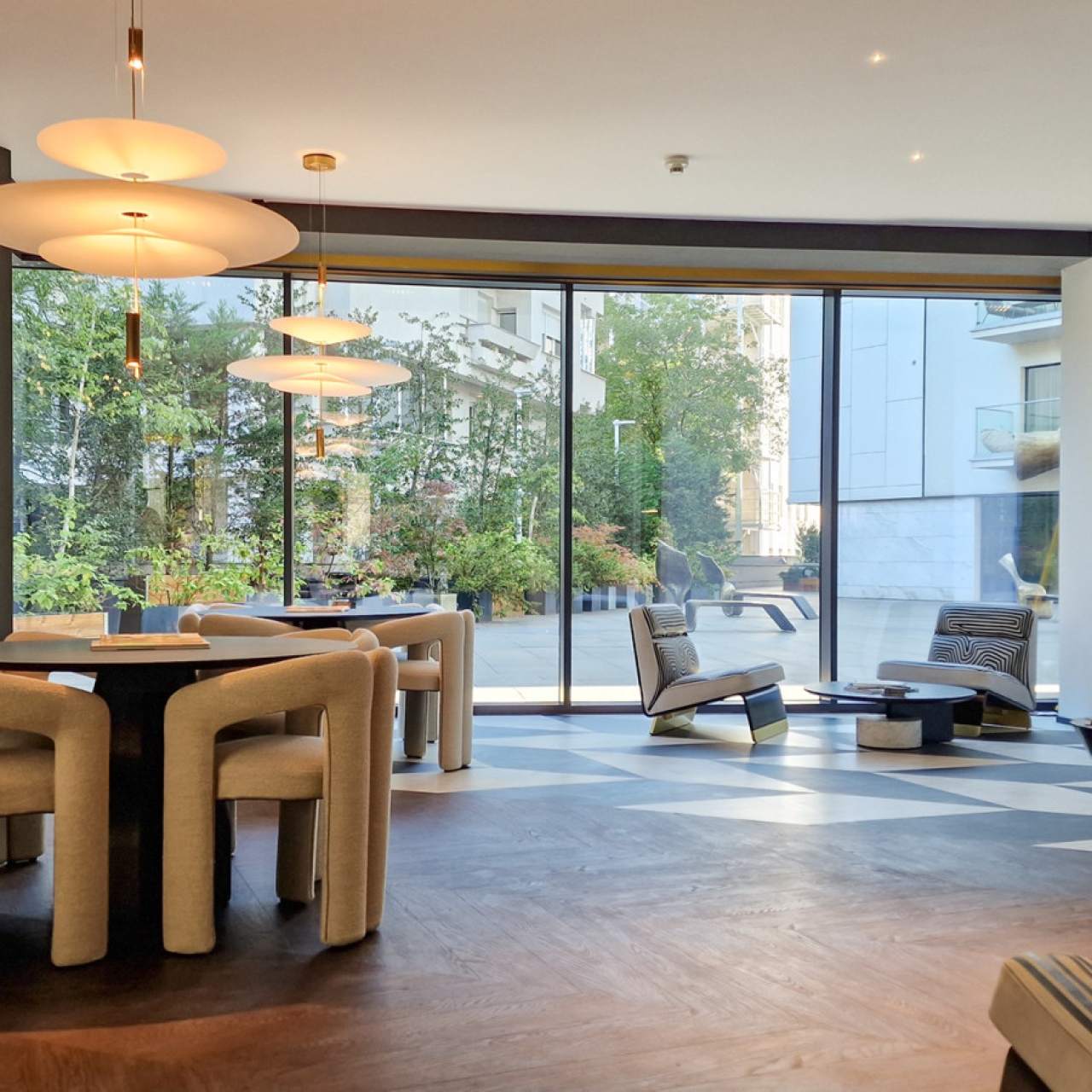
Famous architects that left their mark on Romania
They are those who transformed Bucharest into the city known as and once called the "Little Paris". They are the ones who gave Romania some of its most beautiful and important buildings, visited by millions of local and foreign tourists. They had family ties and fascinating stories, were educated in Paris or at the best universities in the country, and managed to leave their mark on the industry. They set the tone for many architectural styles appreciated by the great personalities of the time, whether royal families or prominent politicians.
Here are the stories of some of the most famous Romanian architects:
Grigore Cerchez
Grigore Cerchez (Cerkez) left his mark on the local architecture by using the historical style, with “neo-brancovenesc” influences, but also the neo-gothic style.
Born in Onești on October 5, 1850, he studied at the École Centrale des Arts et Manufactures in Paris. Returning to Romania, he was appointed chief engineer of the Capital, also being elected as interim mayor of Bucharest, for several months, in 1886.
He is credited with the construction of one of the wings of the Cotroceni Palace, Mihai Eminescu Theater, the facade of the National Museum of Natural History "Grigore Antipa", Cantacuzino Castle in Bușteni, Palace of the Institute of Architecture "Ion Mincu", Brăila branch of the National Bank of Romania, Manu House, Dr. Herescu House and the construction of the Odeon Theater (former Comedy Theater) in the Capital, among others.
The beloved architect died on May 14, 1927.
Ion Mincu
Promoter of the neo-Romanian architectural style, Ion Mincu was born on December 20, 1852, in Focșani, where he attended Unirea High School, before leaving for Bucharest, where he enrolled in the National School of Fine Arts. Later he attended the School of Bridges, Roads, and Mines, which he graduated with an engineering degree. In 1877 he began his studies at the National School of Fine Arts, where he trained as an architect. In the same year he married Eliza Dăscălescu, with whom he had two daughters.
Returning to Romania, he contributed to the opening of the School of Architecture of the Romanian Society of Architects and was, over time, a teacher in the project workshop of the National School of Architecture, as well as the Superior School of Architecture in Bucharest.
Between 1903-1912, Ion Mincu held the position of president of the Society of Romanian Architects. He was also involved in political life, as a deputy in the Romanian Parliament.
He died on December 6, 1912, in Bucharest. Post-mortem, he was declared a member of the Romanian Academy, and since 1953 the University of Architecture and Urbanism in Bucharest bears his name, as a tribute to his contribution in the field.
Among the works carried out in his activity as an architect and restorer are: the restoration of Lahovari House, the restoration of Monteoru House in Bucharest, the design of the Central School (Bucharest), Casa Doina restaurant on Kiseleff Road (known as the Road Buffet at the time), Administrative Palace (Galați), the Palace of the Bank of Commerce (Craiova), a project completed by C. Iotzu, the tombs of rulers Ghica and Cantacuzino from Bellu Cemetery, restoration of Stavropoleos Church (Bucharest), design of Casa Vernescu, Villa Robescu (Sinaia), and the interior of the Palace of Justice in the Capital.
Ion. D. Berindey
Ion. D. Berindey chose to follow in the footsteps of his father, the architect Dimitrie Berindey, and to study architecture. Like most architects of his time, the young man born on June 21, 1871, in Bucharest went to study at the National School of Fine Arts in Paris. Previously, he attended the School of Bridges and Roads for a short time in the Romanian capital.
After finishing his studies, he chose to return to his home country, where he opened an architecture office, having as customers the richest politicians of the time. Almost half (29) of his projects have become historical monuments. Ion Bedindey's portfolio includes the Cantacuzino Palace, the “George Enescu” National Museum in the Capital (formerly the Gheorghe Grigore Cantacuzino Palace), the Administrative Palace in Iași, Villa Emanuel Krețulescu, the George G. Assan House (currently the House of Scientists), the Union Journalists (currently The Very Small Theater) and the racecourse from Băneasa, demolished in order to make place for the building of Casa Scânteii. Elements of Romanticism, Neo-Rococo, Beaux-Arts, and Neo-Romanian styles were noted in his work.
He was, over time, chief architect of the Technical Service of the Ministry of Internal Affairs, vice president of the Society of Architects in Bucharest, and director of the Romanian General Exhibition in 1906.
Ion D. Berindey died on September 29, 1928.
Petre Antonescu
Born in a small provincial town – Râmnicu Sărat – on June 29, 1873, Petre Antonescu moved to Bucharest since high school, at the end of which he enrolled at the Faculty of Law. Taking contact with the world of architecture, however, he gave up a future legal career and went to Paris to study architecture at the National School of Fine Arts.
When he returned to the country, he entered education field, as a teacher at the School of Architecture in Bucharest, being intensely active in the area of conservation and restaurants of architectural monuments, but also in urban planning. He was also a member of the Historical Monuments Commission. Petre Antonescu was a teacher for 38 years, and in parallel with the didactic activity he carried out impressive architectural and restoration projects. He was also a full member of the Romanian Academy, being elected to this position in 1945.
His name is related to many famous buildings and monuments including Bucharest City Hall (formerly Palace of the Ministry of Public Works), Triumphal Arch, Oprea Soare House, Constantin I.C. Brătianu House, Faculty of Law in Bucharest, Cretulescu Palace, Administrative Palace in Craiova, Navigation Palace in Galati, the Palaces of Justice in Buzău and Brăila, the Investment Bank in the Capital, the Casino and Palace Hotel in Sinaia, the Casino in Constanța, which he designed together with Daniel Renard, „Nicolae Iorga” Institute of History, and the Romanian School in Rome.
His work highlighted the use of Romanian architectural elements such as porches, frames, or loggias (covered corridors or galleries opened to the outside by using arches supported on pillars or columns).
Petre Antonescu died on April 22, 1965.
Maria Virginia Andreescu Haret
Maria Virginia Andreescu Haret, the niece of the painter Ion Andreescu, born on June 21, 1894, in Bucharest, was the first woman architect in Romania and the first woman in the world to be granted the rank of architect inspector general.
As a child, she had a difficult life because, when she was only 9 years old, her mother died, so she had to take care of the house and her three brothers.
At the age of 18, she obtained, following the intervention of Minister Spiru C. Haret, a special license to enroll in the Higher School of Architecture in Bucharest, which he had founded, and which the young woman graduated in 1919 when she received the status of the first woman architect with a diploma in Romania. In parallel, she attended the National University of Arts in Bucharest. During the interwar period, she was Romania's representative at the International Architectural Congresses held in Rome, Paris, Moscow, and Brussels. Between 1923 and 1947 she worked in the technical service of the Ministry of National Education and was, throughout her life, a member of the Union of Architects in Romania.
The “Gheorghe Șincai” and “Cantemir-Vodă” National Colleges in Bucharest, along with the administrative pavilion and the underground outbuildings of Băneasa Airport are among the most famous projects that bear her name.
Maria Virginia Andreescu Haret was married to the grandson of the great Spiru Haret, with whom she had a son, the engineer Radu Haret. She died on May 6, 1962.
Although she is often called the first woman architect in Romania, various voices give the architect Ada Zăgănescu – a less active presence in the field – this recognition. Alongside them, as pioneers of the female presence in Romanian architecture, there are names like Henrieta Delavrancea - Gibory, the daughter of the writer Barbu Ștefănescu Delavrancea, and Maria Cotescu, who designed the Romanian Railways.
Data for this article was obtained from editiadedimineata.ro, Wikipedia.org, realestatemagazine.ro, arhitectura-1906.ro, e-architecture.ro.
Inspired by the article?
Explore apartments in neighborhoods worth discovering:


